My morning view today is of phragmite plumes, backlit by the sun, moving in the breeze, and sparkling gold and silver from the dew. Against the darkness of the newly ploughed field behind my house, it’s an enchanting sight. I know why it speaks to me; it conjures up childhood fantasies. I used to find entire secret worlds in the nature around my house. And some of that enchantment still touches me when I’m outdoors, especially with my camera. When I did go out to photograph the reeds, it was quite difficult to get the image I wanted: well-exposed and not too chaotic. And in post-processing, I spent a good deal of time balancing out the tones to get the right feel. Not looking for an exact replica of what I saw, but looking for the enchantment I felt.
As photographer/writer Guy Tal has repeatedly pointed out, photography – unless it’s meant to be journalistic – is an art form. It’s not simply about documenting what I see, but capturing the essence of how that sight makes me feel. Photographing something beautiful isn’t the same as making a beautiful photograph. It takes serious effort to create a beautiful photograph that I consider worthy of notice.
And there’s the rub. I’m not saying ‘an image that will get me lots of ‘likes’ on Facebook or Instagram.’ I’m specifically referring to my own artistic standards. If the image is appreciated by photographers whose work I admire, I will consider that an affirmation. Other than that, I don’t really care who likes my work. I share my images in the hope that the inspiration and love of nature I feel will rub off on the people who view them. But they don’t have to prove that to me with a thumbs-up.
There are, however, huge numbers of people with a camera out there who seek admiration (external validation as Alister Benn would say) through the accumulation of ‘likes’ on social media. The more ‘likes’ you get, the better the photograph, they seem to think. This leads to social media getting flooded with identical images of spectacular sunsets in iconic locations, owls diving straight towards the camera, and other ‘bucket list’ items. Which means that those items are added to more and more bucket lists. And ultimately, this leads to practices varying from over-saturated colours to the destruction of nature and endangerment of wildlife in order to ‘get the shot.’ Conservationist photographer Melissa Groo constantly warns against unethical practices in wildlife and bird photography, and organisations like Nature First try to convince photographers to be mindful of the effect they have on nature and landscape..
These Bucket List Photographers have created a huge market demand for workshops and travel destinations. There’s even a market for ‘creative techniques,’ as if creativity can be reduced to a collection of techniques. There’s also a market for instant- processing with as little effort as possible. And now that software developers are able to use artificial intelligence to power their products, the sky is the limit (or actually not the limit, as I will explain).
That fabulous sunrise light you want for that iconic location you’ve travelled so far to photograph takes more patience and persistence than the average Bucket-List Photographer is willing or able to invest. But salvation is here! No longer do you have to get up at 4am for days on end, hoping for good light. No longer do you have to study complex Photoshop techniques to adjust colour and tonality to get it just right. Just tell the software that you want to ‘drop in’ another sky, choose between a dozen presets to get the exact sky you want for your photograph, and ‘bingo!’ the photo is infused with glorious sunrise light and even some atmospheric clouds.
Is that what you saw? Of course not. But your followers will love it and will reward you with ‘likes.’ Does it matter whether or not it’s an exact representation of what you saw? In the beginning of this article, I talked about photography as an art form. I believe in artistic freedom and self-expression. But that’s not the same thing as ‘dropping in’ a fake sky which, by the way, will pop up in hundreds of other Instant-photos of the same bucket-list location on Instagram.
Creativity requires personal integrity (being true to oneself) and originality (not following the herd). Photography as a creative art form is serious business. Don’t fall for quick fixes and gimmicks.

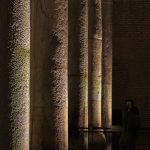
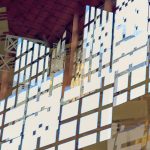
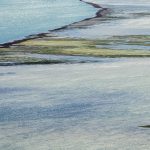
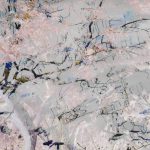

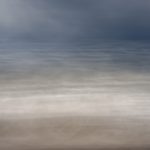
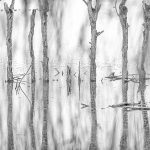

Comments
Astrid
Melissa
Reality and Photography – Madeleine Lenagh